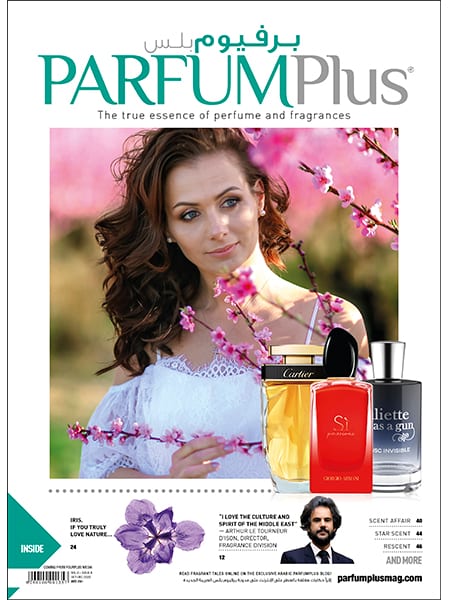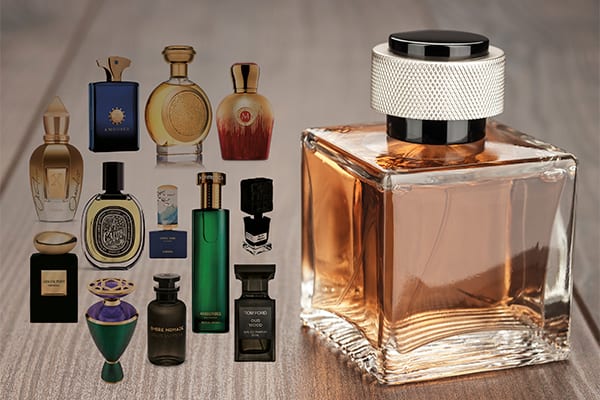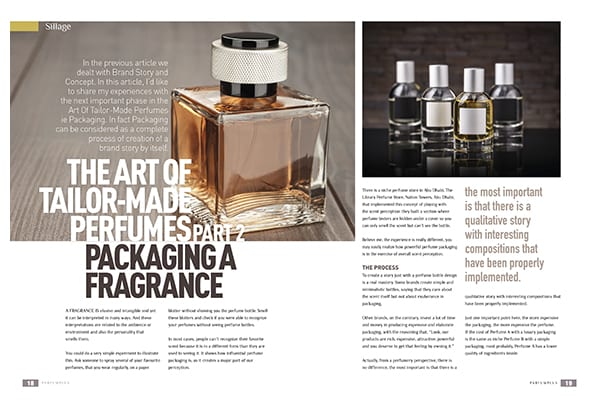
The Art Of Tailor-Made Perfumes Part 1Packaging A Fragrance
In the previous article we dealt with Brand Story and Concept. In this article, I'd like to share my experiences with the next important phase in the Art Of Tailor-Made Perfumes ie Packaging. In fact Packaging can be considered as a complete process of creation of a brand story by itself
A fragrance is elusive and intangible and yet it can be interpreted in many ways. And these interpretations are related to the ambience or environment and also the personality that smells them.
You could do a very simple experiment to illustrate this. Ask someone to spray several of your favourite perfumes, that you wear regularly, on a paper blotter without showing you the perfume bottle. Smell these blotters and check if you were able to recognize your perfumes without seeing perfume bottles.
In most cases, people can't recognize their favorite scent because it is in a different form than they are used to seeing it. It shows how influential perfume packaging is, as it creates a major part of our perception.
There is a niche perfume store in Abu Dhabi, The Library Perfume Store, Nation Towers, Abu Dhabi, that implemented this concept of playing with the scent perception: they built a section where perfume testers are hidden under a cover so you can only smell the scent but can't see the bottle. Believe me, the experience is really different, you may easily realize how powerful perfume packaging is in the exercise of overall scent perception.
The Process
To create a story just with a perfume bottle design is a real mastery. Some brands create simple and minimalistic bottles, saying that they care about the scent itself but not about exuberance in packaging.
Other brands, on the contrary, invest a lot of time and money in producing expensive and elaborate packaging, with the reasoning that, "Look, our products are rich, expensive, attractive, powerful and you deserve to get that feeling by owning it."
Actually, from a perfumery perspective, there is no difference, the most important is that there is a qualitative story with interesting compositions that have been properly implemented.
Just one important point here, the more expensive the packaging, the more expensive the perfume. If the cost of Perfume A with a luxury packaging is the same as niche Perfume B with a simple packaging, most probably, Perfume A has a lower quality of ingredients inside.
There are two major directions a Perfume Brand needs to choose when making a decision about the design of the perfume bottle: Custom Mould or Unique Decorations of Standard Bottle.
The majority of companies, especially in niche perfumes, choose the second option, hoping that their idea and perfume composition selection will attract consumers and help them to sell.
Custom Mould is definitely a way more expensive and lengthy process, especially when you produce perfumes in Europe. That's the main reason why perfumes made in Europe (France, Spain, Italy, UK) have higher value and an indisputable reputation as the approach, the quality, requirements, expertise, and vision - are generally of higher standard with perfume packaging made in Europe.
The best way for a perfume brand to start with perfume bottle and packaging design (box, decorations) is to ask a professional design company to work on their idea. When you try to make it in-house, you will almost always be limited by your ideas and not able to see beyond your own creative boundaries. But if you have the confidence in your own creativity, then this shouldn’t really be a hurdle. But in general, having a professional design company do the job works best.
Great perfume packaging must include
Unique Cap
It is the most important element in niche perfume. Actually, a unique idea is a must here. No matter what material you choose: wood, plastic, zamak metal, gold-plated, or something else. Be creative but remember to ‘create richness remaining minimalistic’ and your brand will be well accepted in the market. I've seen some truly crazy and taste-less ideas that people call ‘luxury’. And mind you, ‘crazy’ doesn't mean luxury!
Unique Decorations
(sticker: paper, leather, metal, textile, wood, plastic, etc.; cover, pendants, stones; unique metallization or colorization; decorative film, and many other options.
Perfume Box
It should be useful, think what consumers will do with it after they have opened it. In 90% of cases people dispose of perfume boxes they opened, no matter how luxurious it was.
It gave us an understanding that a great perfume box shall be a part of the concept and of the highest quality of course. You can also think of an after-usage experience, like a jewelry box, piggy bank, souvenir, etc. Just brainstorm ideas that are good to your brand and concept.
Concept Element
Add something that will support your brand concept and perfume collection. It could be just a simple mini card with information about the perfume and story, or you can go more creative and create branded merchandise, physical objects from your perfume story. For example, if your collection is inspired by travel, put a souvenir or postcard from that place; If inspired by emotions, think what can interpret them, maybe stones, textures, colours or artworks.
Remember, all four above-mentioned elements will need to be interconnected. So one concept line should be noticeable and go through all these elements.
Below are the examples of Mould Custom bottles from famous perfume brands. They became the market benchmarks that ‘inspire’ others to follow quite often.
- Luxury Niche - Xerjoff, Boadicea de Victorious, Amouage, Moresque
- Niche - Diptyque, Nasomatto, Floraiku, Hermetica
- Fashion Brands (privee collections) - Bvlgari, Tom Ford, LV, Armani
This series of articles is intended for perfume lovers and perfume professionals and it contains my insights about the art of tailor-made perfumes. To perfume lovers, it’s about the process of perfume brand creation as well as the creative and business aspects. To perfume professionals, it’s about the importance of balancing creative and business parts of the brand and thinking of consumers first and then adapting it to the requirements of a client.






